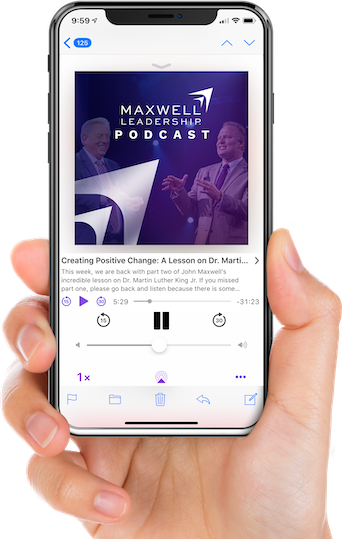Connecting Goes Beyond Words

Chapter 3 Synopsis
Connecting Goes Beyond Words
People watch a reality show on television where two equally talented people sing the same song. One of them gives the audience goose bumps; the other one leaves everybody cold. Why is that?
Two professors at a university teach the same class at the same time using the same prescribed syllabus and required textbook. Students stand in line at registration to get into the first teacher’s class, while the other’s class starts below capacity and dwindles to just a few students. Why?
Two managers work together running a restaurant. All twenty employees work regularly for each of them. When the first manager needs extra help and asks people to work late, they do so willingly. When the other manager makes the same appeal the next week, all the employees make excuses for why they can’t stay. What’s the reason for the difference?
Two parents raise a child together in the same household, enforcing the same rules. One parent gets cheerful compliance and the other gets resistance. Why?
Shouldn’t the words of the song evoke the same response in both singers? Shouldn’t the same course be equally appealing to students? Shouldn’t both managers expect to be given the same consideration? Shouldn’t parents in the same household inspire the same reaction?
Intuitively, you probably know that the answer is no.
Why? Because we tend to respond to – in other words, connect with – others based on more than the words that come out of their mouths.
How do we do that? Howard Hendricks says that all communication has three essential components. When we communicate, we must include:
- Thought – Something we know.
- Emotion – Something we feel.
- Action – Something we do.
Communication breaks down if any one of those is missing. But when I include all three, the message itself has conviction, passion, and credibility.
And the result is connection.
Comments are closed on this post.
More Articles

Do I Believe The Best In Others?

Does Love Work as a Leadership Principle?









Be the first to comment on "Connecting Goes Beyond Words"